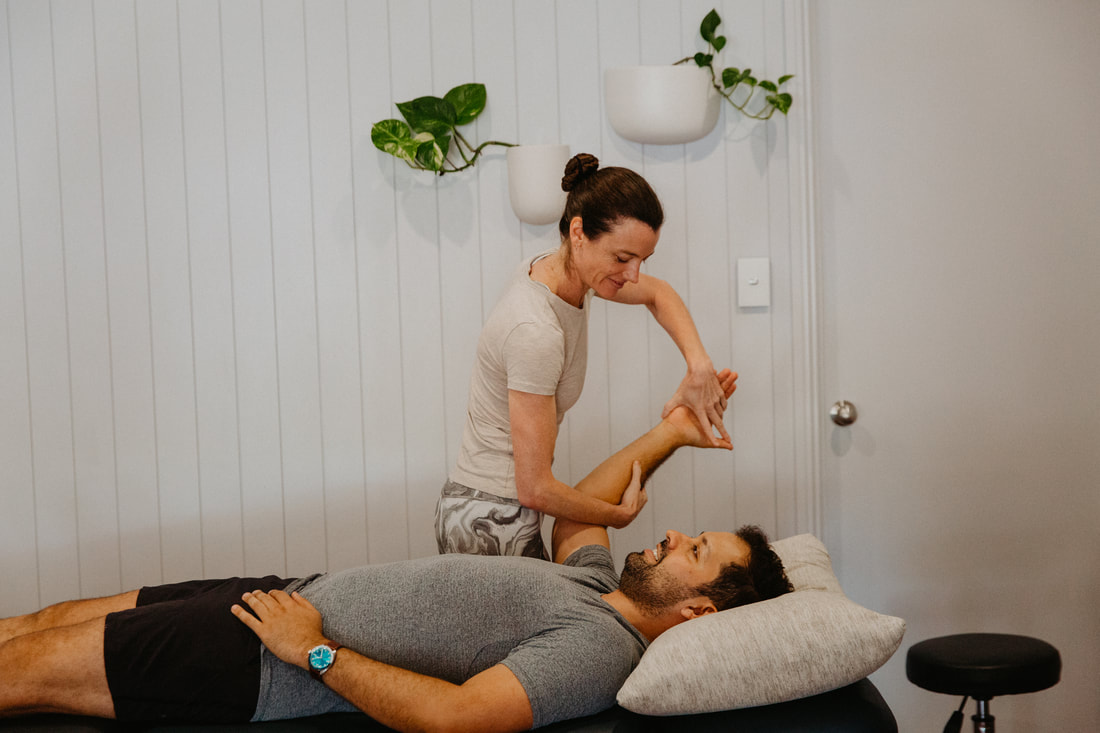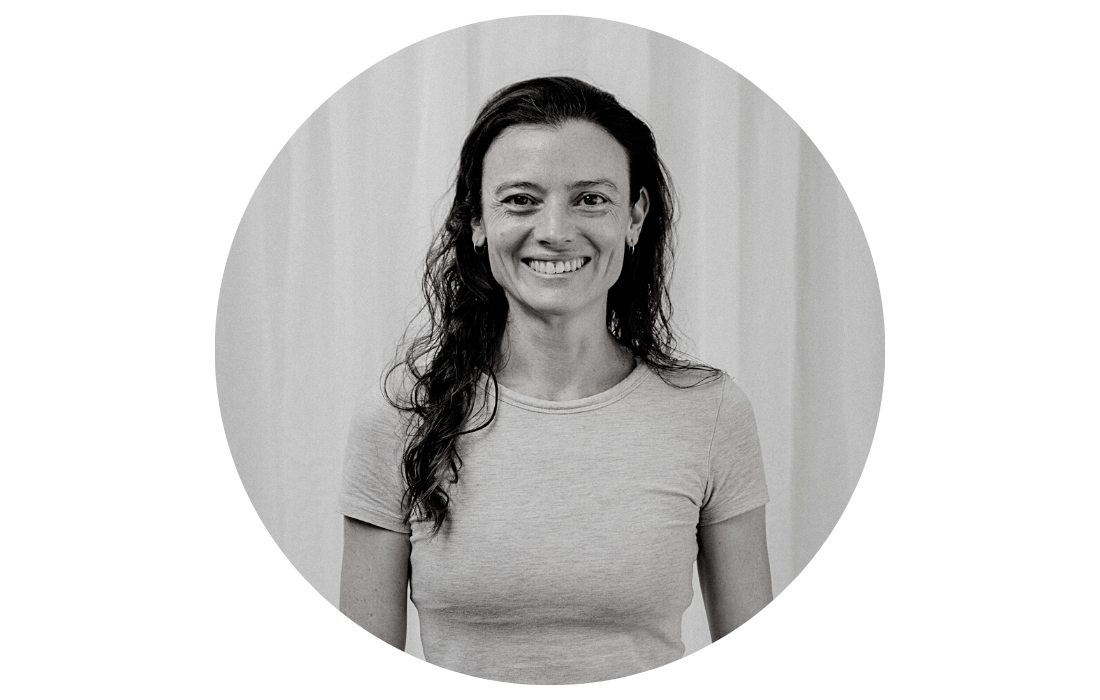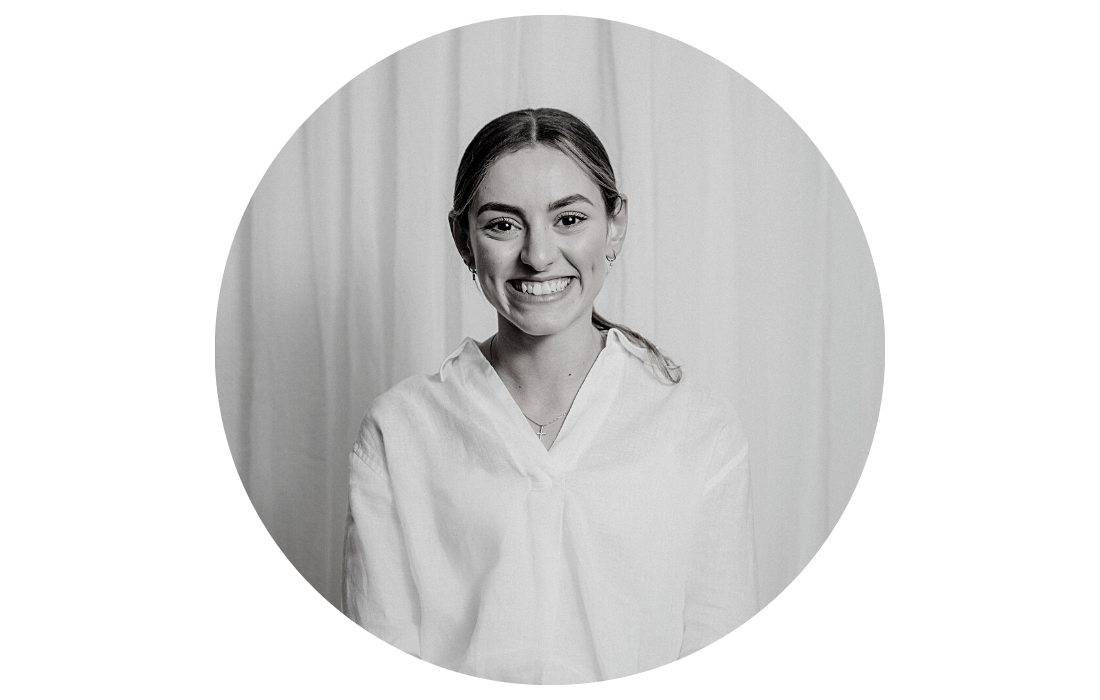Brachial Plexus Injury Physiotherapy Brisbane southside.
What are Brachial Plexus Injuries?
A brachial plexus injury refers to damage sustained by the complex network of nerves that originate in the neck and control movement and sensation in the shoulder, arm, and hand. This intricate system, known as the brachial plexus, is vulnerable to injury through various mechanisms, most commonly including trauma during childbirth, sports-related accidents, or motor vehicle collisions. The severity of a brachial plexus injury can range from mild to severe, impacting an individual's ability to use and control their affected limb. The symptoms include pain, numbness and tingling or other sensory disturbances, and weakness in the shoulder, arm or hand.
What causes Brachial Plexus Injuries?
Brachial plexus injuries can result from a variety of causes, with trauma being a primary culprit. During childbirth, the brachial plexus may be stretched or compressed, leading to injury, particularly if there are difficulties in delivering the baby's shoulders. Additionally, high-impact incidents such as motor vehicle accidents, falls, or sports-related injuries can exert force on the shoulder, causing damage to the delicate network of nerves. Tumors, inflammation, or repetitive stress injuries can also contribute to brachial plexus damage. Understanding the specific cause of the injury is crucial for devising effective treatment plans in physiotherapy, allowing healthcare professionals to tailor interventions that address the unique circumstances surrounding each case of brachial plexus injury.
How are Brachial Plexus Injuries Diagnosed?
How can Physiotherapy Help with Brachial Plexus Injuries?
How can Clinical Pilates Help with Brachial Plexus Injury Rehabilitation?
What is the Prognosis for Brachial Plexus Injuries?
The prognosis for brachial plexus injuries from a physiotherapy perspective depends on the extent of nerve damage and the responsiveness to rehabilitation. Early and targeted physiotherapy interventions can significantly improve functional outcomes, although complete recovery may take time, and the extent of improvement varies among individuals. While mild cases recover fully with conservative treatments and physiotherapy, more severe injuries may require surgical intervention and subsequent rehabilitation.
Safety & Prevention
At our clinic, we pride ourselves on delivering top-tier care, rooted in current research and best practices. Let our team guide you through your recovery journey, ensuring your return to optimal health and well-being.
If you or a loved one has questions about brachial plexus injury and how our physiotherapists might be able to help please call us on 07 3706 3407 or email [email protected]. We would love to work with you!
A brachial plexus injury refers to damage sustained by the complex network of nerves that originate in the neck and control movement and sensation in the shoulder, arm, and hand. This intricate system, known as the brachial plexus, is vulnerable to injury through various mechanisms, most commonly including trauma during childbirth, sports-related accidents, or motor vehicle collisions. The severity of a brachial plexus injury can range from mild to severe, impacting an individual's ability to use and control their affected limb. The symptoms include pain, numbness and tingling or other sensory disturbances, and weakness in the shoulder, arm or hand.
What causes Brachial Plexus Injuries?
Brachial plexus injuries can result from a variety of causes, with trauma being a primary culprit. During childbirth, the brachial plexus may be stretched or compressed, leading to injury, particularly if there are difficulties in delivering the baby's shoulders. Additionally, high-impact incidents such as motor vehicle accidents, falls, or sports-related injuries can exert force on the shoulder, causing damage to the delicate network of nerves. Tumors, inflammation, or repetitive stress injuries can also contribute to brachial plexus damage. Understanding the specific cause of the injury is crucial for devising effective treatment plans in physiotherapy, allowing healthcare professionals to tailor interventions that address the unique circumstances surrounding each case of brachial plexus injury.
How are Brachial Plexus Injuries Diagnosed?
- Clinical History: A detailed history is obtained to understand the circumstances surrounding the injury, including any trauma during childbirth, accidents, or other relevant events.
- Physical Examination: A thorough physical examination is conducted to assess muscle strength, sensation, and reflexes in the affected limb. This helps identify the location and severity of the brachial plexus injury. Specialized clinical tests, such as the Adson's maneuver or Roos test, may be performed to assess specific aspects of brachial plexus function and identify potential compression points.
- Imaging Studies: Imaging techniques such as magnetic resonance imaging (MRI) or computed tomography (CT) scans are often utilized to visualize the brachial plexus and detect any structural abnormalities or damage. X-rays may be used to rule out fractures or dislocations in the shoulder or neck that could be contributing to the brachial plexus injury.
- Nerve Conduction Studies (NCS) and Electromyography (EMG): These studies evaluate the electrical activity in nerves and muscles, providing insights into the functionality of the brachial plexus and associated muscles.
How can Physiotherapy Help with Brachial Plexus Injuries?
- Range of Motion Exercises: Physiotherapy aims to restore and enhance the flexibility of the affected limb through carefully designed range of motion exercises.
- Strengthening Exercises: Targeted exercises are employed to strengthen weakened muscles associated with the brachial plexus, promoting improved function.
- Neuromuscular Re-education: Physiotherapists use specific techniques to retrain the nerves and muscles, improving coordination and restoring optimal movement patterns.
- Pain Management: Physiotherapy includes pain-relief strategies, such as therapeutic modalities and exercises, to alleviate discomfort associated with brachial plexus injuries.
- Joint Mobilization: Techniques like joint mobilization and manipulation may be used to enhance joint function and reduce stiffness in the affected limb.
- Functional Training: Patients are guided through functional activities to improve their ability to perform daily tasks and regain independence.
- Patient Education: Physiotherapists provide education on self-care, home exercises, and strategies to prevent further injury, empowering patients in their recovery.
- Adaptive Equipment: When necessary, physiotherapists may recommend and train patients to use adaptive equipment to assist with daily activities.
- Progress Monitoring: Regular assessments allow physiotherapists to track progress, adjust treatment plans, and ensure the most effective rehabilitation outcome.
How can Clinical Pilates Help with Brachial Plexus Injury Rehabilitation?
- Core Stability: Clinical Pilates enhances core strength, providing a stable foundation for overall body movement and supporting the rehabilitation of brachial plexus injuries.
- Muscle Balance: By promoting balanced muscle activation, Pilates helps prevent compensatory movements and encourages equal strength development in the affected limb.
- Improved Range of Motion: Pilates exercises incorporate controlled movements and stretching, contributing to increased flexibility and improved range of motion in joints affected by the brachial plexus injury.
- Neuromuscular Control: Precise and controlled Pilates movements aid in neuromuscular re-education, facilitating better coordination and control of muscles affected by the injury.
- Low-Impact Nature: Clinical Pilates provides a low-impact form of exercise, making it gentle on the joints and suitable for individuals with brachial plexus injuries while still promoting effective rehabilitation.
What is the Prognosis for Brachial Plexus Injuries?
The prognosis for brachial plexus injuries from a physiotherapy perspective depends on the extent of nerve damage and the responsiveness to rehabilitation. Early and targeted physiotherapy interventions can significantly improve functional outcomes, although complete recovery may take time, and the extent of improvement varies among individuals. While mild cases recover fully with conservative treatments and physiotherapy, more severe injuries may require surgical intervention and subsequent rehabilitation.
Safety & Prevention
- Protective Gear: When engaging in sports or activities with a risk of impact, use appropriate protective gear such as helmets, shoulder pads, and padding to reduce the likelihood of trauma to the brachial plexus.
- Proper Body Mechanics: Maintain proper body mechanics during activities to avoid excessive stress on the shoulder and neck. This includes lifting objects correctly and maintaining ergonomic positions.
- Warm-Up and Stretching: Prioritize warm-up exercises and stretching routines before engaging in physical activities to enhance flexibility and reduce the risk of injury to the brachial plexus.
- Avoid Prolonged Pressure: Be cautious of prolonged pressure on the shoulder area, especially during extended periods of leaning or resting on hard surfaces, to prevent compression-related injuries.
At our clinic, we pride ourselves on delivering top-tier care, rooted in current research and best practices. Let our team guide you through your recovery journey, ensuring your return to optimal health and well-being.
If you or a loved one has questions about brachial plexus injury and how our physiotherapists might be able to help please call us on 07 3706 3407 or email [email protected]. We would love to work with you!
Who to book in with:
Yulia Khasyanova
|
Emma Cameron
|
Monica Hanna
|



